Nordic yarns and sweaters
As you know, we love knitting styles by Scandinavian designers. We are particularly fond of Denmark. Now we want to turn our gaze further north with this inspiration and introduce you to the world of Nordic yarns and sweaters from Norway and Iceland. In the harsh climate on the stormy coasts of the North Sea, you simply need heavy sweaters to defy the weather. And especially in the dark winter, color is a must.
Norwegian traditions

Photo: © Sandnes Garn
The typical Icelandic sweater, or lopapeysa, is often confused with a Norwegian sweater. At first glance, the two warmers look similar, but they differ considerably in terms of the patterns, the wool used and the construction of the knitted piece. For example, the Norwegian sweater is made up of several knitted pieces, whereas the Lopapeysa is knitted in one piece. THE classic Norwegian sweater was launched in 1953 by the company Sandnes Garn. The designer Unn Søiland put together traditional patterns and used the Norwegian national colors dark blue, white and red. The sweater was named after Marius Eriksen, who was the model for the picture in the pattern. The design became so popular that it virtually became the national sweater. Norwegian national pride in knitwear.
Multicolored is particularly beautiful
Normally, no more than two colors are used for Norwegian sweaters. But of course there are exceptions. Today, Norwegian designers also have the motto "whatever you like is allowed". Although knitting with more than two colors at the same time is a real challenge for the fingers, isn't it?
These patterns are usually knitted in the round, as fair-isle knitting with knit stitches is much easier to manage. We like to avoid the wrong side rows, don't we? However, the sleeve holes have to be cut open afterwards in order to be able to insert the sleeves. Or the front of the cardigan to really make a jacket out of it. This technique is called "steeking" - and don't worry! It sounds worse than it is. For the Norwegian sweaters with such constructions, the typical yarns of the region are used, which are not too smooth. With these qualities, the individual fibers can interlock well and even a little bit of felting is desirable. The cut edges are also secured with a seam. Thanks to these two measures, there is no risk of rippling!

Photo: © Sandnes Garn
-
 Marius Damegenser - Tema 68-07From: 65,00 €
Marius Damegenser - Tema 68-07From: 65,00 €incl. VAT
plus shipping costs
-
 Nøstebu ladies jakke - Tema 75-06From: 51,75 €
Nøstebu ladies jakke - Tema 75-06From: 51,75 €incl. VAT
-
 Gjendebu - 05 - norwegian hiking clubFrom: 97,75 €
Gjendebu - 05 - norwegian hiking clubFrom: 97,75 €incl. VAT
-
 Marius - Tema 76-04From: 39,00 €
Marius - Tema 76-04From: 39,00 €incl. VAT
Typical Norwegian yarns at Maschenfein
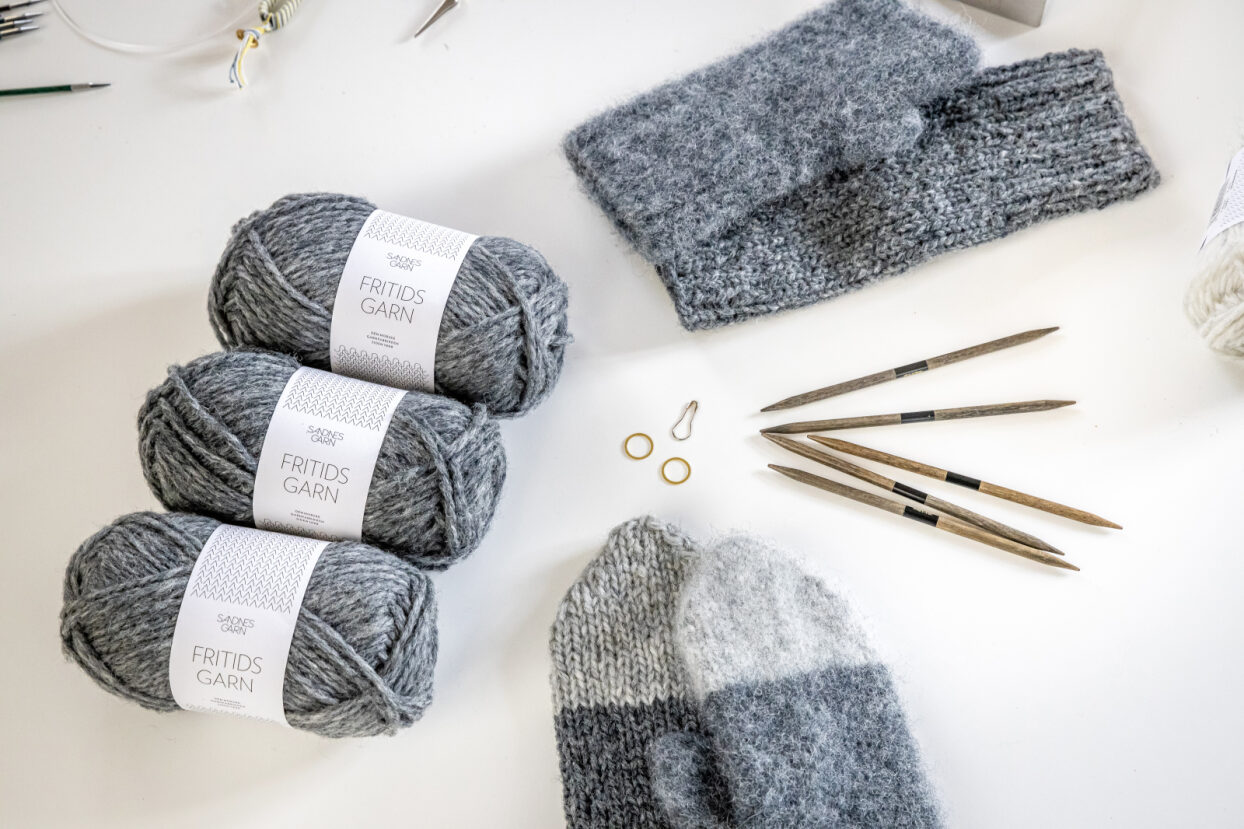
Photo: © Ines Grabner /Maschenfein
THE Norwegian brand in the field of knitting is certainly Sandnes Garn, which we have had in our range since 2017. We stock all qualities and magazines from this traditional Norwegian company. Everyone who likes to spend their vacations in Scandinavia is familiar with Sandnes yarns and magazines, which can even be found in some supermarkets there. We particularly like the fact that the products are made entirely in Norway from Norwegian virgin wool - from the wool of the Norwegian sheep to dyeing and processing into balls.
Peer Gynt has been around since 1938 and is therefore the oldest Sandnes quality. The yarn is robust, keeps you incredibly warm and literally cries out for colorful Norwegian patterns. Can you hear it calling? Rather not? We can promise all skeptics of robust yarns that the wool becomes softer and softer as you wear it. Tynn Peer Gynt has recently become available in a thin version that is ideal for finer patterned knitwear. The mohair lovers among us combine it with Tynn Silk Mohair.
And then there's Fritidsgarn, which many of us know from felting. However, this yarn is also suitable for warm sweaters, which can even be worn as a great jacket substitute. It is a little more robust than Peer Gynt, but you have a reliable source of warmth that can be knitted quickly with needle sizes 5.5 to 6.5, depending on the gauge.
-
 Sandnes - Fritidsgarn5,50 €
Sandnes - Fritidsgarn5,50 €110,00 € for kg
incl. VAT
plus shipping costs
Delivery time: approx. 2-3 working days
-
 Sandnes- Peer Gynt5,75 € - 5,95 €
Sandnes- Peer Gynt5,75 € - 5,95 €115,00 € - 119,00 € for kg
incl. VAT
plus shipping costs
Delivery time: approx. 2-3 working days
-
 Sandnes - Tynn Peer Gynt5,75 €
Sandnes - Tynn Peer Gynt5,75 €115,00 € for kg
incl. VAT
plus shipping costs
Delivery time: approx. 2-3 working days
-
 Sandnes - Tynn Silk Mohair11,50 €
Sandnes - Tynn Silk Mohair11,50 €460,00 € for kg
incl. VAT
plus shipping costs
Delivery time: approx. 2-3 working days
Light and warming
Knitted sweaters - called lopapeysa - have been known in Iceland since the 16th century. For a long time, they were plain-colored in the natural shades of the wool of Icelandic sheep. This wool was adapted to the island's weather and the yarns (lopi) were tightly spun, which made them quite heavy. Around 1900, new lopi came onto the market, for which two types of Icelandic sheep's fur were processed together but not spun. The combination of the finer undercoat and the coarser top coat produced yarns that were significantly lighter, but still warm and breathable. This was very well received and so the Icelandic knitters began to experiment with these yarns. The first record of knitting with this new wool can be found in a needlework magazine from 1923.
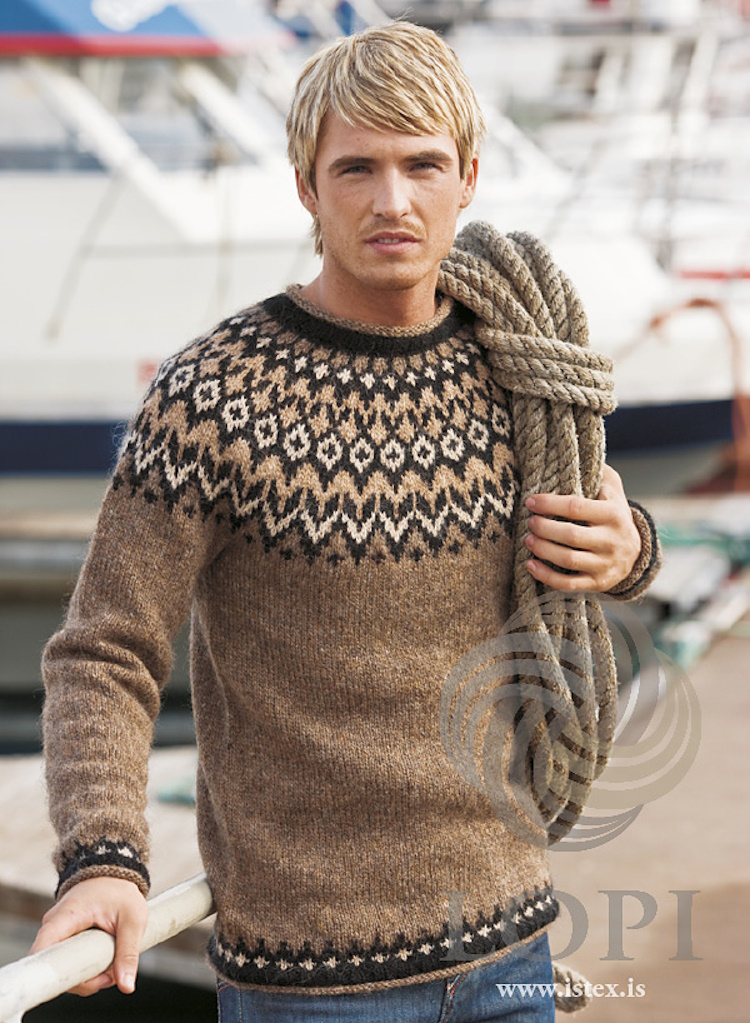
Photo: © Ístex

Photo: © Sandnes Garn
The Lopapeysa is traditionally knitted in sections from the bottom up. The sleeves and body are worked separately, joined at the armpits and finished in one piece. This is where the multicolored yoke pattern comes into play. There are no limits to your preferences here. You can find traditional patterns such as the Icelandic rose and graphic patterns as well as more modern pictorial elements. How about a pattern of horseshoes or bear paw prints?
-
 Monk bikeFrom: 60,50 €
Monk bikeFrom: 60,50 €incl. VAT
plus shipping costs
-
 Riddari - UnisexFrom: 55,00 €
Riddari - UnisexFrom: 55,00 €incl. VAT
-
 FrænkaFrom: 87,50 €
FrænkaFrom: 87,50 €incl. VAT
-
 Kastali croppedFrom: 55,00 €
Kastali croppedFrom: 55,00 €incl. VAT
plus shipping costs
Ístex - Icelandic yarns at Maschenfein
We have four new yarns from the manufacturer Ístex in our range. This traditional company offers all-round Icelandic yarns: The wool is purchased directly from Icelandic shepherds and processed on the island. It attaches great importance to ecological standards and animal welfare. We don't want to withhold a particularly interesting fact from you: The sheep are not shorn in spring, unlike the usual practice. Instead, they are sheared in the fall before the sheep spend the winter in the cozy barn. This means that their coats are long and warm enough in spring to withstand the unpredictable Icelandic weather in the warmer months.

Photo: © Ístex
Álafosslopi and the thinner Léttlopi are probably the best known. Both yarns are used for most Icelandic sweaters - the popular Riddari, for example, is knitted from Léttlopi. If you prefer to knit designs with a smaller gauge, Einband is definitely something for you. With a yardage of 250 meters per 50 grams, you can use it for delicate shawls, for example. However, it is also ideal as a reinforcing yarn for our - in our opinion - most exciting new addition: Plötulopi. This quality is unspun and initially appears very delicate, almost unstable. That's why, contrary to our usual practice, it is shrink-wrapped in plastic so that it can be transported safely. When it is knitted, however, it becomes nice and firm. Experienced knitters will enjoy testing it for a project!
-
 Istex - Álafosslopi8,75 €
Istex - Álafosslopi8,75 €0,00 € for kg
incl. VAT
plus shipping costs
Delivery time: approx. 2-3 working days
-
 Istex - Binding5,90 €
Istex - Binding5,90 €0,00 € for kg
incl. VAT
plus shipping costs
Delivery time: approx. 2-3 working days
-
 Istex - Léttlopi5,50 €
Istex - Léttlopi5,50 €0,00 € for kg
incl. VAT
plus shipping costs
Delivery time: approx. 2-3 working days
-
 Istex - Plötulopi8,20 €
Istex - Plötulopi8,20 €82,00 € for kg
incl. VAT
plus shipping costs
Delivery time: approx. 2-3 working days
Nordic designs reinterpreted
Of course, there is a wide range of styles available today, all of which are based on the typical Nordic sweater. There are more traditional, but also very modern interpretations - there is something for every taste. Recently, we have particularly enjoyed the book Villahullu by Heli Nikula. The Finnish designer's designs all feature Nordic-inspired patterns and, with a few exceptions, are made from Álafosslopi and Léttlopi. It is simply fun to scroll through the pages: beautiful pictures and exciting texts on how the individual designs and their names were created. The German edition has been published by TOPP Verlag. We are still waiting for the subsequent delivery, but it is already on its way and we will order more for you regularly - we promise!
-
 Caarna owlFrom: 60,50 €
Caarna owlFrom: 60,50 €incl. VAT
-
 Huvila owlFrom: 70,00 €
Huvila owlFrom: 70,00 €incl. VAT
-
 Sumo owlFrom: 61,25 €
Sumo owlFrom: 61,25 €incl. VAT
plus shipping costs
-
 Tinde Damegenser - Tema 75-01From: 55,00 €
Tinde Damegenser - Tema 75-01From: 55,00 €incl. VAT
-
 Into The WildFrom: 41,00 €
Into The WildFrom: 41,00 €incl. VAT
-
 Kobberhaugen - 09 - norwegian hiking clubFrom: 86,25 €
Kobberhaugen - 09 - norwegian hiking clubFrom: 86,25 €incl. VAT
Dive deeper
In addition to the book Villahullu mentioned above, you will find many other books in the Maschenfein store that deal with the topic of Nordic knitting. You will find Scandinavian knitting patterns and patterns for a wide variety of garments. They all have one thing in common: they are really pretty knitting books that you will want to scroll through again and again.
-
 Villahullu - Nordic knitting32,00 €
Villahullu - Nordic knitting32,00 €incl. VAT
plus shipping costs
Delivery time: approx. 2-3 working days
-
 Island Socken22,00 €
Island Socken22,00 €incl. VAT
plus shipping costs
-
 150 Strickmuster aus Skandinavien19,90 €
150 Strickmuster aus Skandinavien19,90 €incl. VAT
plus shipping costs
-
 Nordisch Stricken26,90 €
Nordisch Stricken26,90 €incl. VAT
plus shipping costs
-
 Laine Magazine - Strands of Joy32,90 €
Laine Magazine - Strands of Joy32,90 €incl. VAT
plus shipping costs
-
 Iceland sweater knitting22,00 €
Iceland sweater knitting22,00 €incl. VAT
plus shipping costs
Delivery time: approx. 2-3 working days
Want more reading material?
The maschenfeine blog really is a wonderful treasure trove of great texts! If you would like to read more about multicolored knitting, we recommend our little blog series "Multicolored knitting", which Sophia wrote in 2020. The best place to start is with the blog article Multicolored knitting: Fair Isle and Norwegian sweaters and work your way to the post Knitting multicolors: technique. And if you're really into the subject, you can read how Marisa first steeked in 2015: Loppa cardigan from Pinneguri | Steek knit.
Skemmtið ykkur vel and Ha det gøy!
We hope you enjoy delving into the world of Nordic knitting. Is this new territory for you or have you already knitted many Icelandic and Norwegian sweaters? Let us know in the comments!
 Our summer yarns
Our summer yarns Perfect for summer: the Zoe shirt
Perfect for summer: the Zoe shirt Looking for a home for your needles? You can find the needle bags here
Looking for a home for your needles? You can find the needle bags here You can find all Maschenfein pattern here
You can find all Maschenfein pattern here
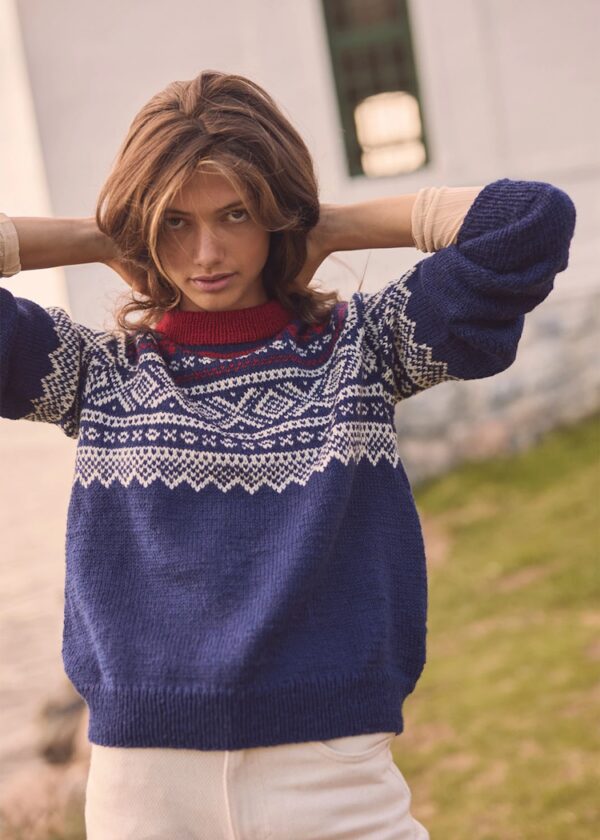
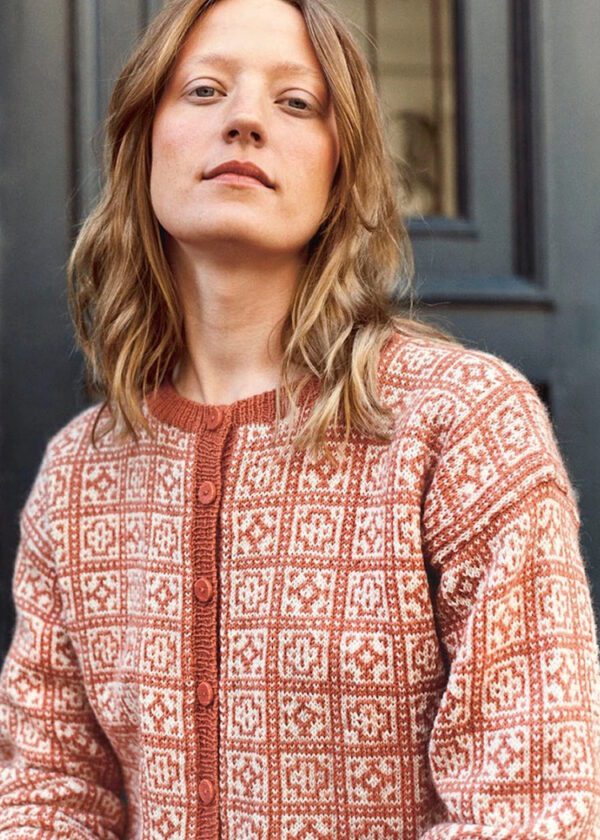

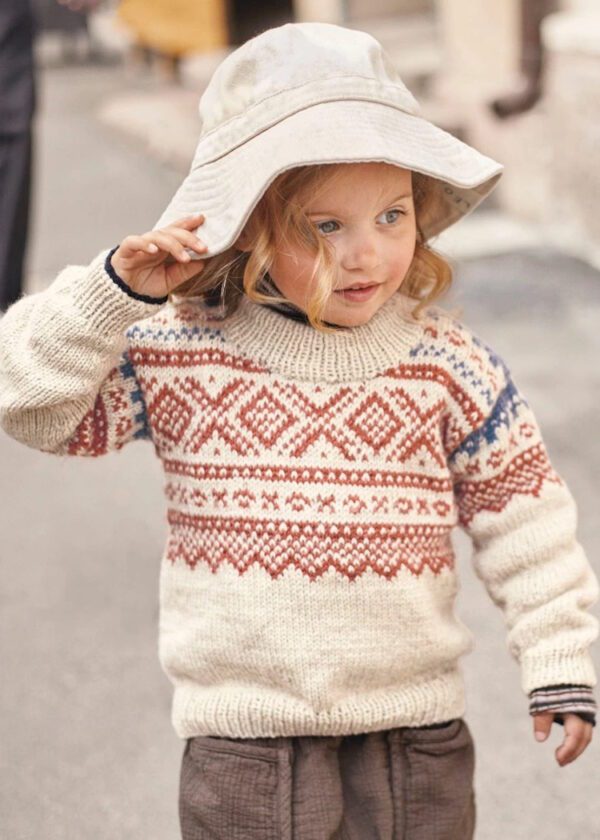
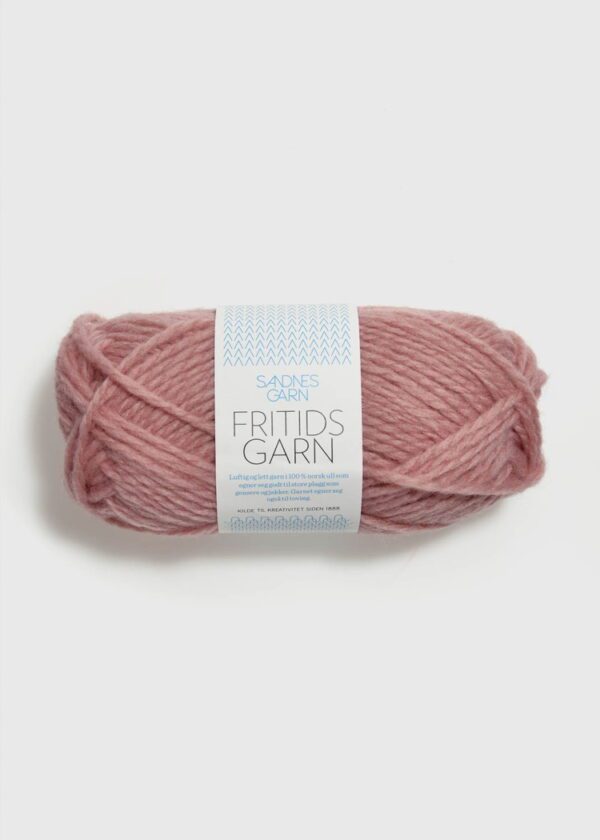
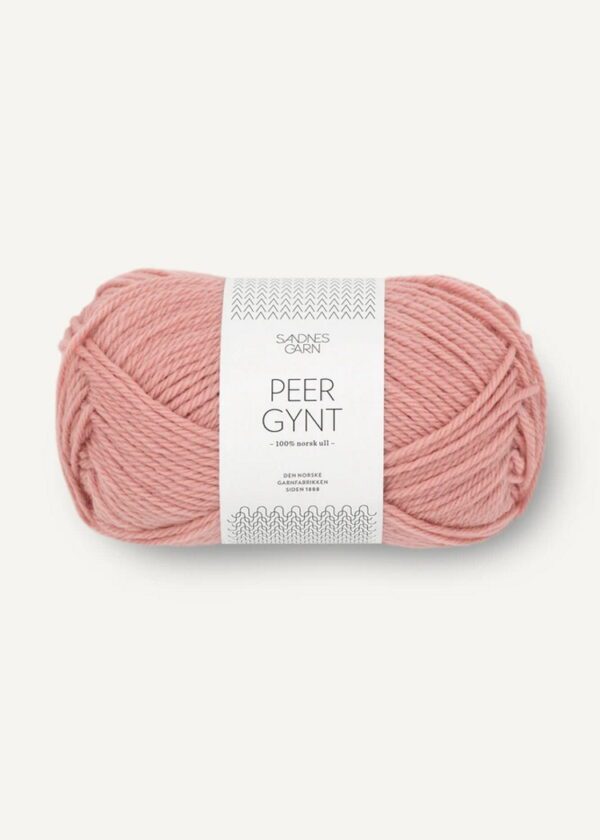

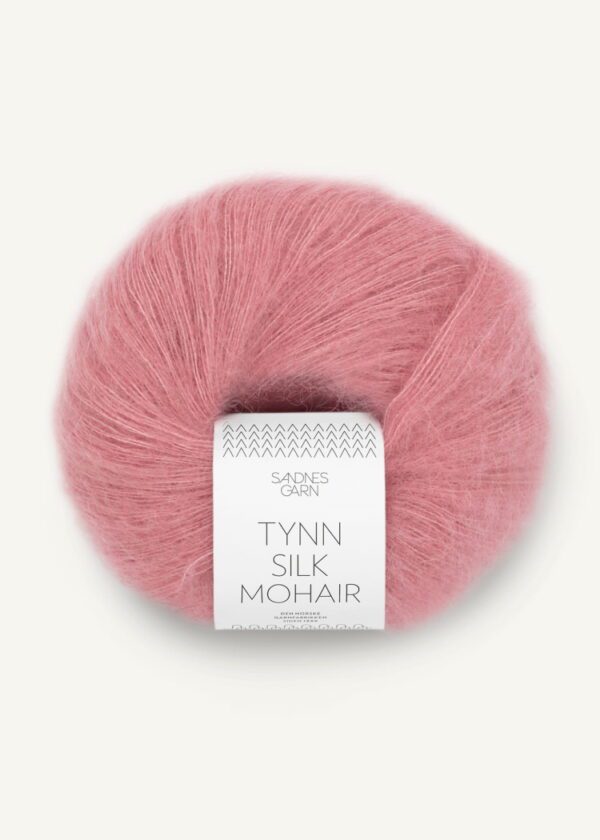

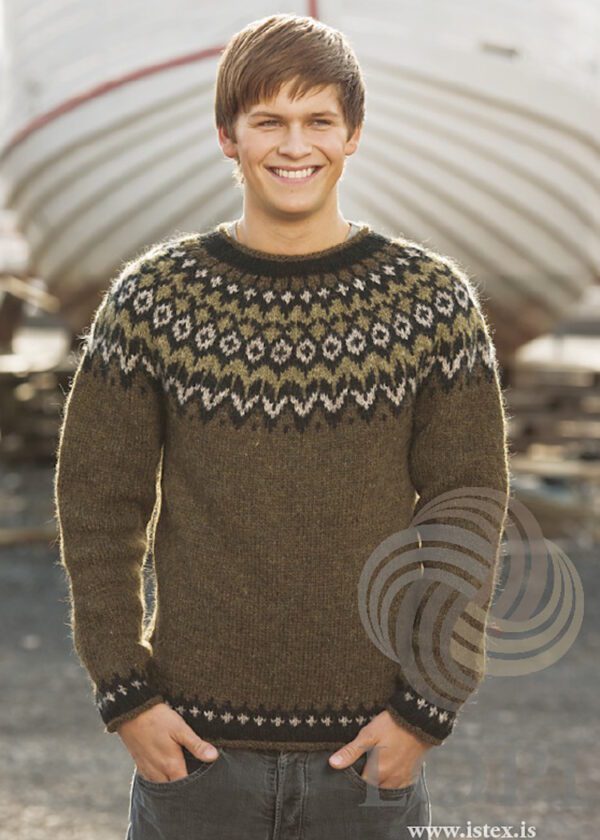

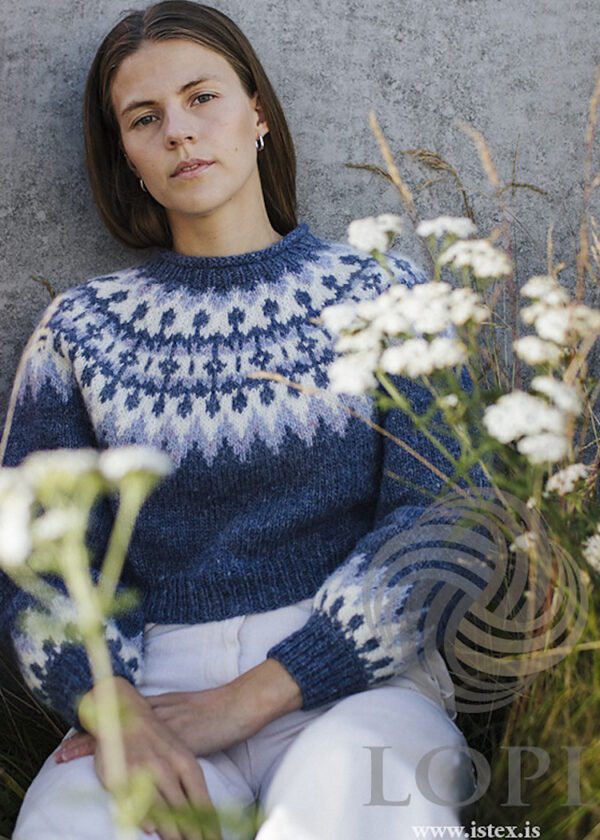

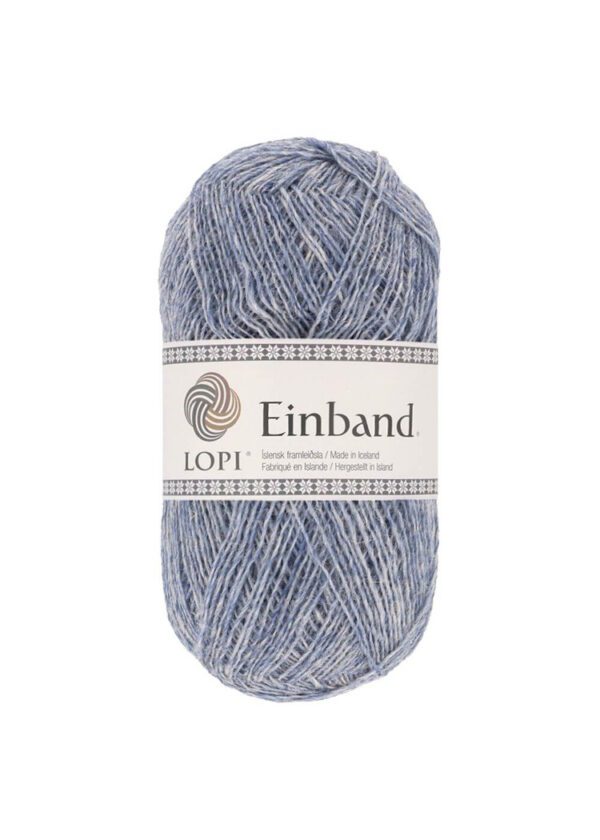

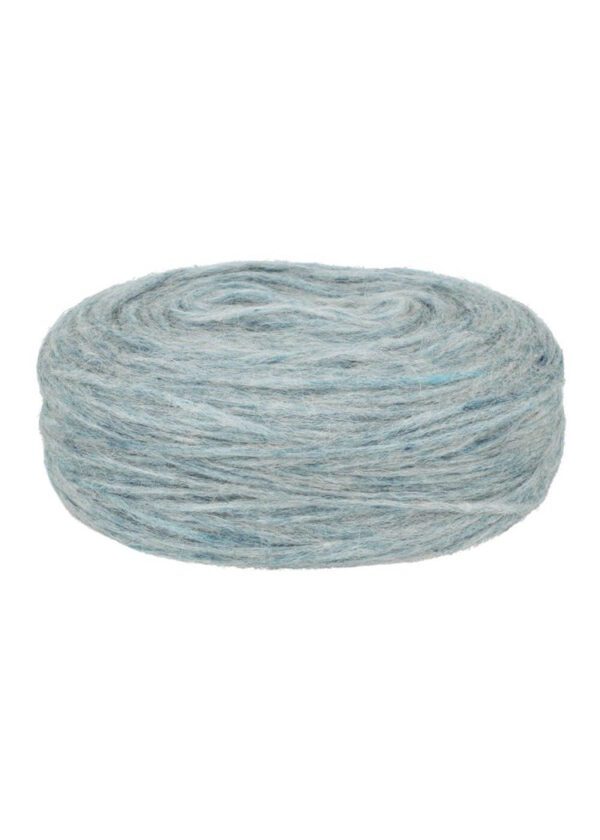
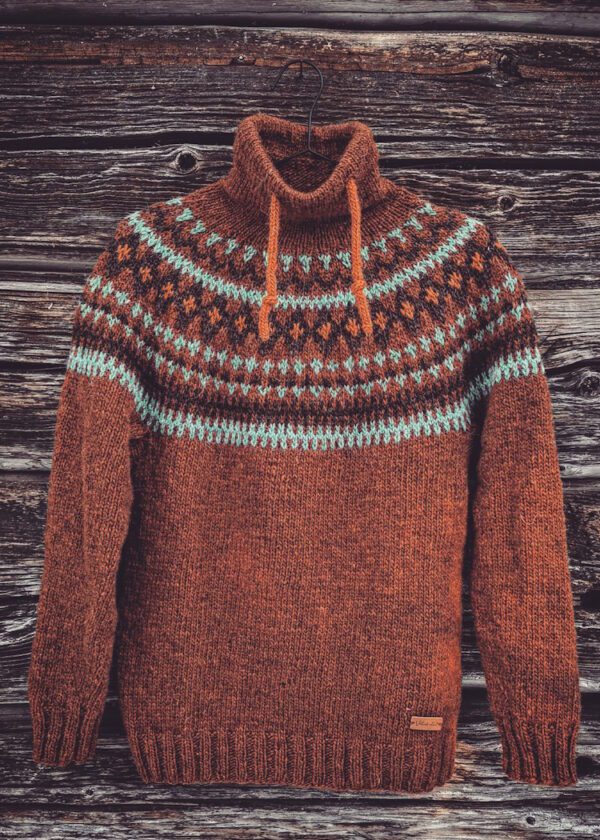
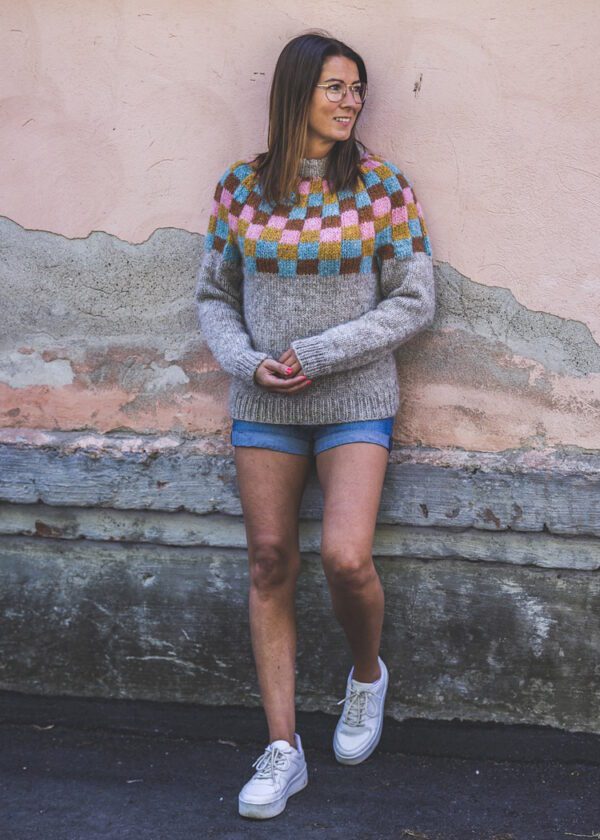
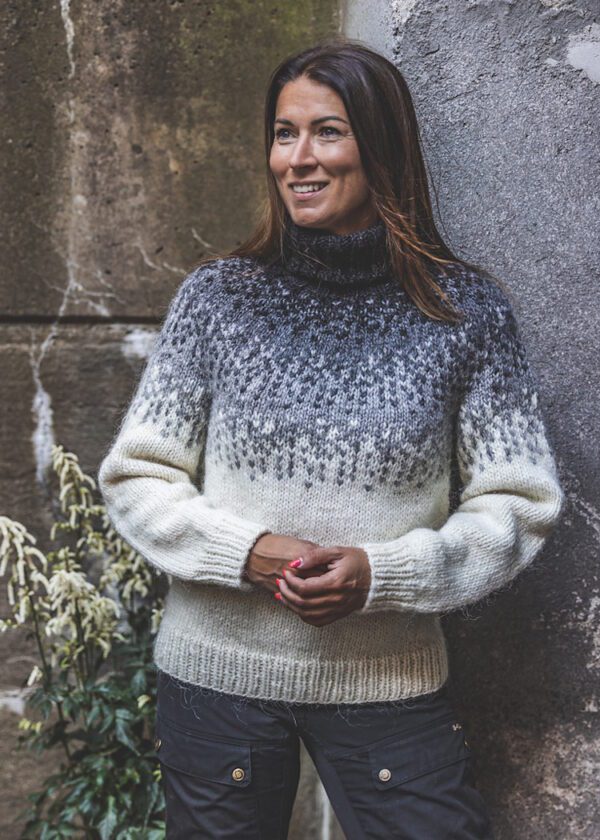






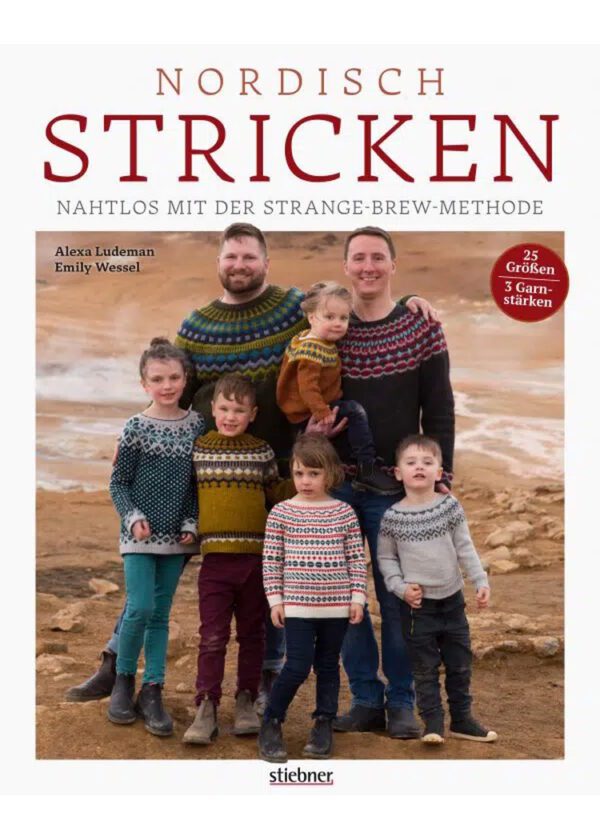
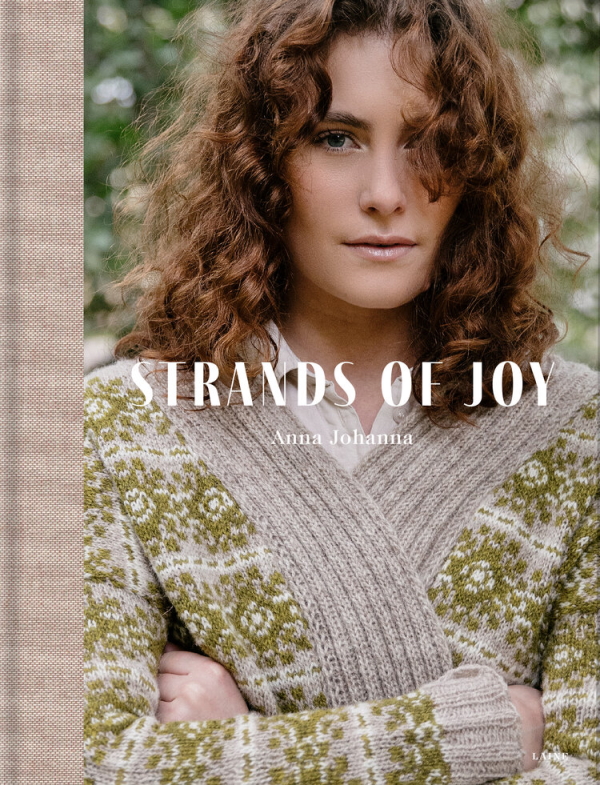
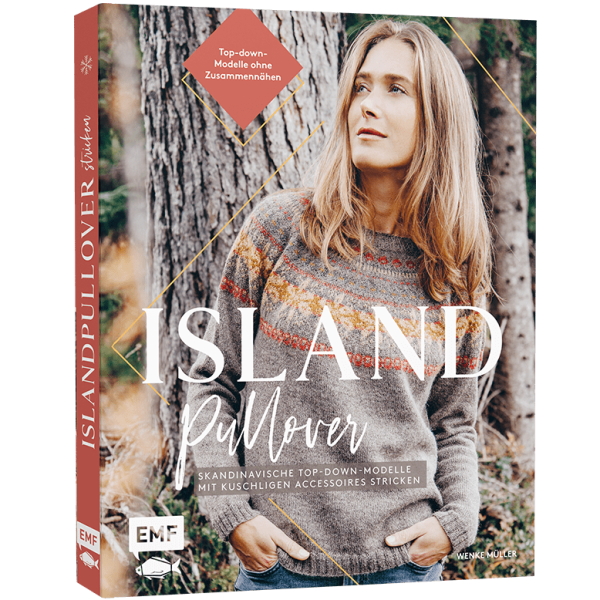

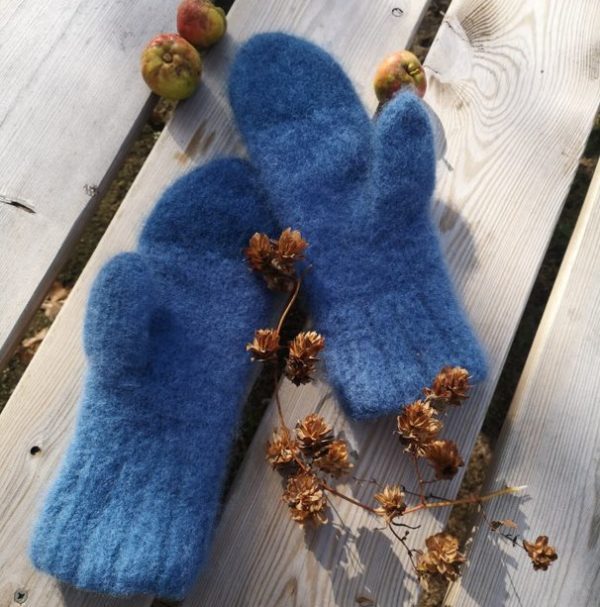
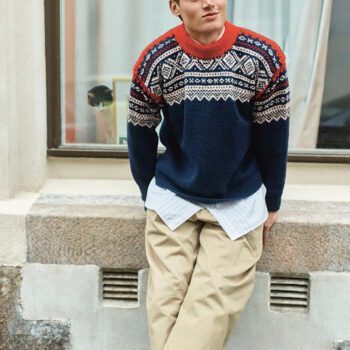
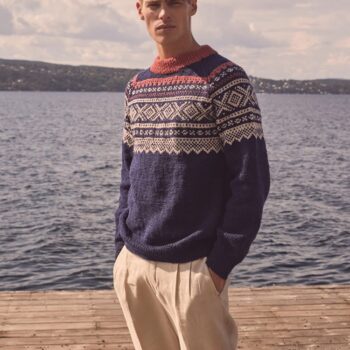





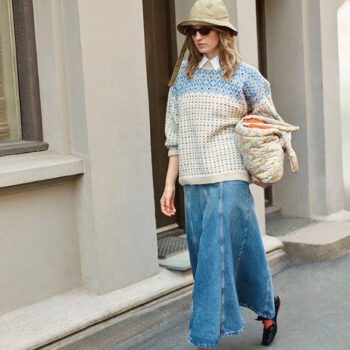



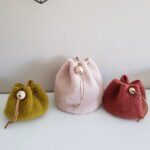
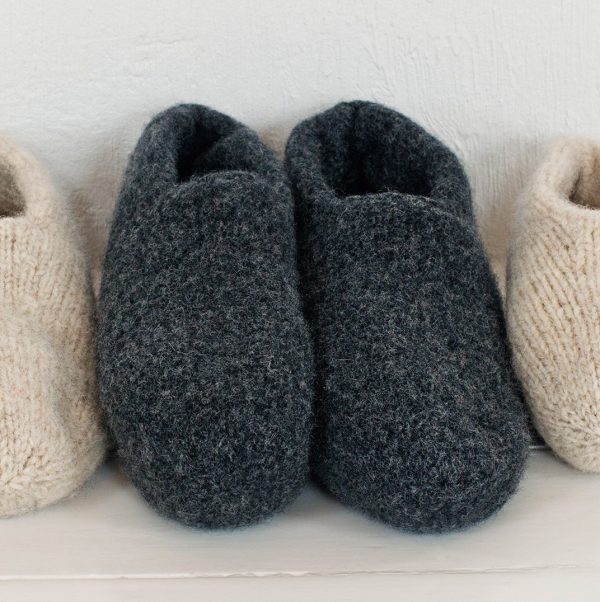

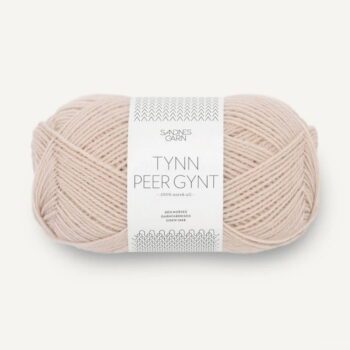


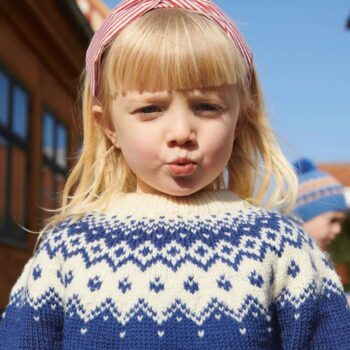

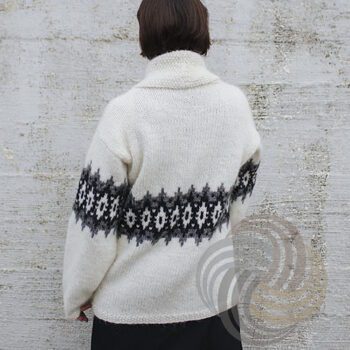







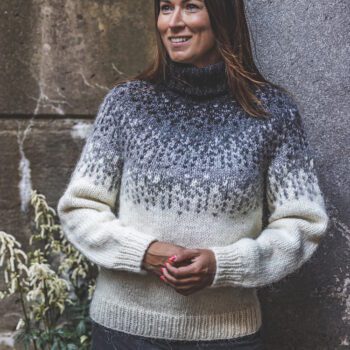
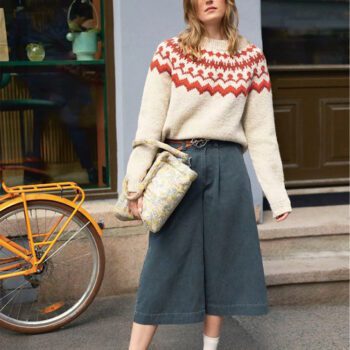


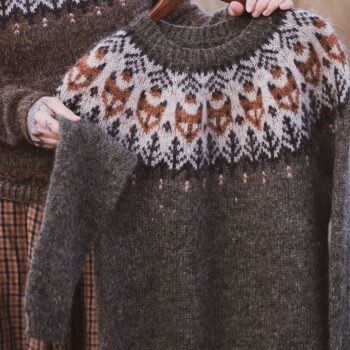

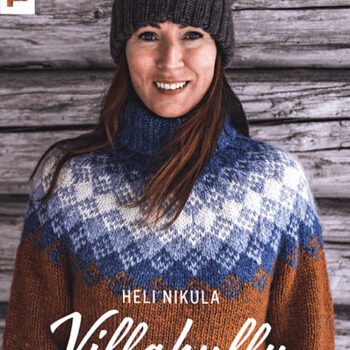



9 comments
I already own the book "Icelandic Socks" and have already knitted riding socks from it. It is a great book! With lots of new information (for me).
This multicolored knitting is a real eye-catcher and I will try my hand at a Norwegian sweater this year. But I'm planning a quiet period for that, summer vacation for example.
Take a look at this documentary to get in the mood for Icelandic knitting:
Icelandic Knitting Men
Very nice, even if Istex is viewed critically
Dear Silvia,
I am also familiar with this Arte documentary and enjoyed watching it. I felt the criticism that was voiced there was directed more at the companies that sell "original" Icelandic sweaters locally, but which are machine-knitted in China, which means that the wool travels across the globe far too often. With regard to Ístex, it was only mentioned that they use chemical dyeing, wasn't it? In comparison to the hand dyer who was presented before, who dyed traditionally with Icelandic herbs.
Kind regards
Louisa
Hello dear ones, I always enjoy reading your newsletter sooo much.unfortunately I have never ordered anything from you, but that will certainly change...on your current topic I wanted to ask if you also know links neumann..Norwegian designer...mega great books
Best regards
Barbara Scharfenberger
Dear Barbara, yes, we know them. They are indeed great books! I'll put them on our list 🙂 Best regards, Sophia
Dear Maschenfeinteam,
are the pattern or knitting kit for the "Into the wild" sweater also available for children?
LG Bettina
Dear Bettina, no, unfortunately not. This design is (so far) only available for adults. Best regards, Sophia
I'm really pleased that the Istex yarns are now also available from you. Lettlopi is my absolute favorite. It knits wonderfully and is nice and fluffy despite its robustness. It makes absolute favorite pieces!
My "experience" begins and ends with the Fritzi gloves 😅
I really like the patterns, but I'm always put off by the "wrong way round" knitting from the bottom up 🙈